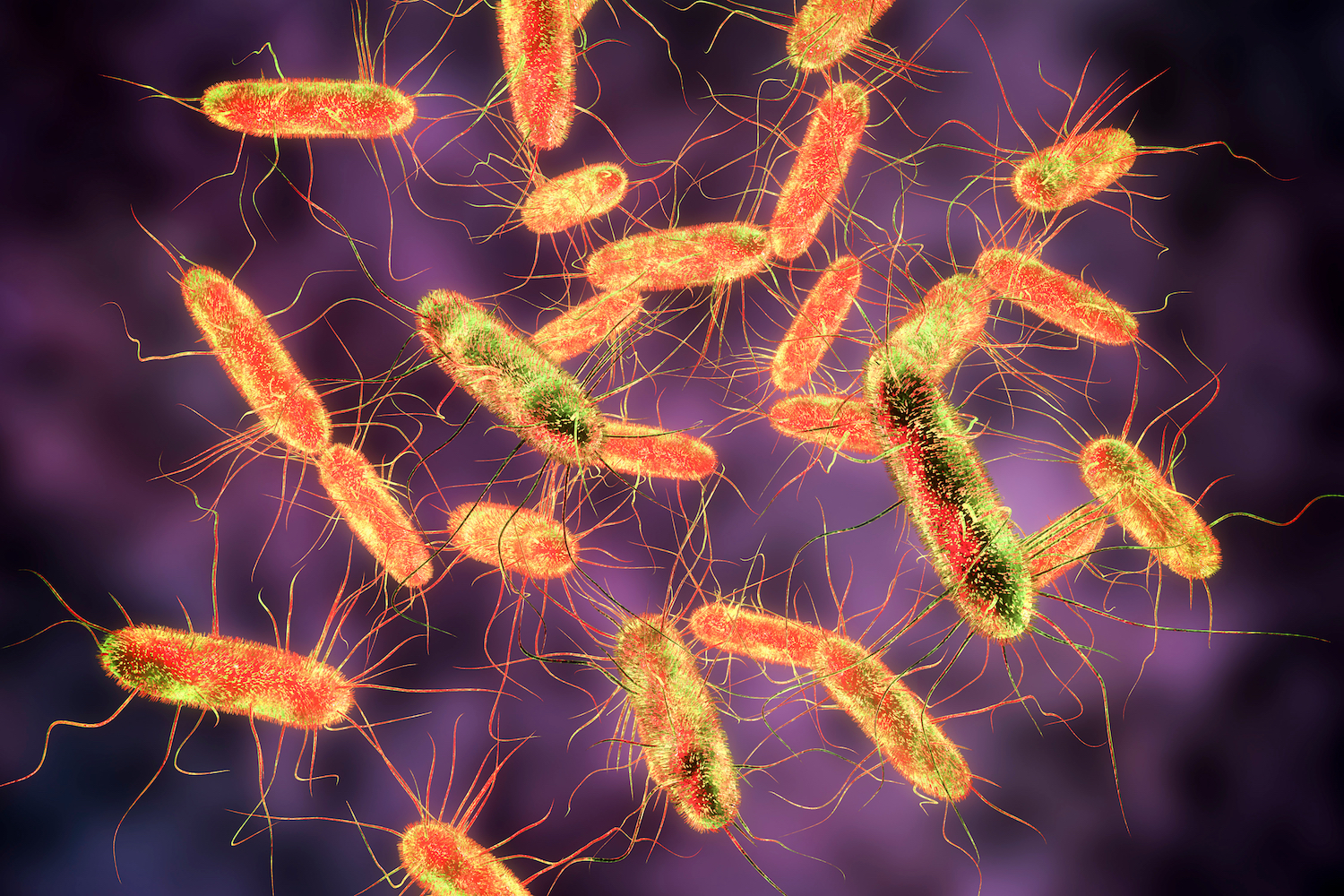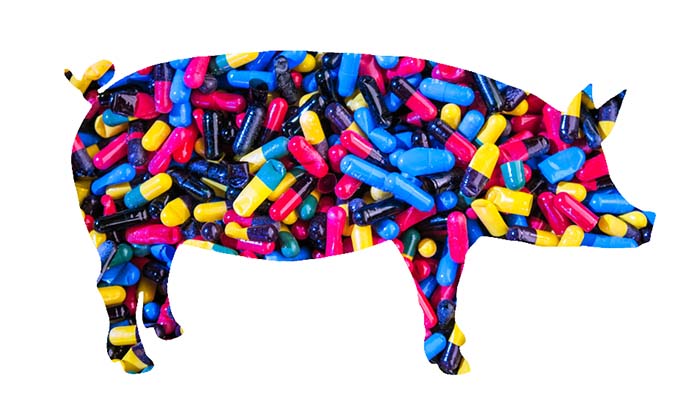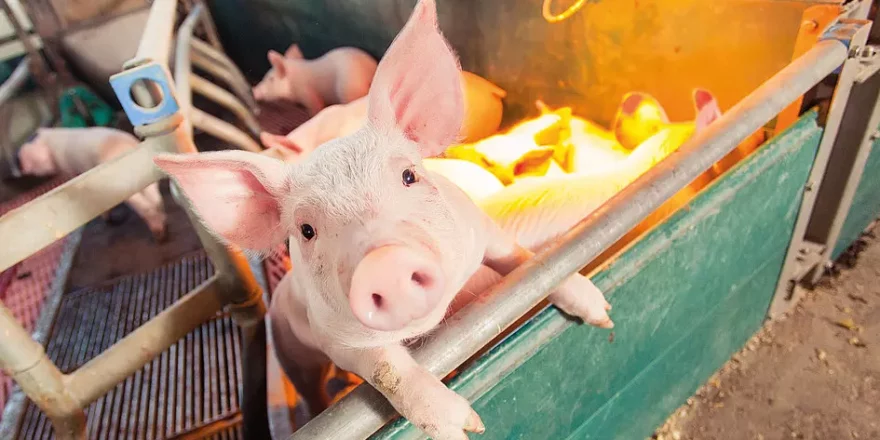
Salmonellosis poses a significant challenge in poultry farming, with diverse Salmonella serotypes, notably Salmonella Enteritidis and Salmonella Typhimurium, impacting both avian health and the industry at large. This guide aims to delve into the nuances of Salmonellosis, providing insights into its dynamics, transmission routes, susceptibility factors, environmental persistence, detectable symptoms, preventive strategies, and the broader implications for the poultry industry.
Salmonellosis Dynamics: Understanding the Bacterial Menace
Salmonellosis is intricately linked to the prevalence of Salmonella Enteritidis and Salmonella Typhimurium in poultry populations. These bacteria exhibit complex dynamics, affecting avian health and, consequently, the productivity of poultry farms. The prevalence of these serotypes underscores the need for vigilant management practices.
Transmission Routes: Tracing the Path of Intrusion
The transmission of Salmonella within poultry populations occurs through various routes. Contaminated feed, water sources, and interactions with potential carriers like wild birds and rodents serve as conduits for the spread of the bacteria. Understanding these pathways is crucial for implementing targeted prevention strategies and minimizing the risk of Salmonella transmission.
Susceptibility Factors: Identifying Vulnerable Scenarios
All poultry species are susceptible to Salmonellosis, with specific vulnerability factors including the age of birds and the presence of stressors within the flock. Recognizing these factors is essential for risk assessment and the development of tailored preventive measures.
Environmental Persistence: Mitigating Salmonella Resilience
Salmonella’s ability to persist in the environment amplifies the challenge of combating the disease. Rigorous environmental monitoring is essential to mitigate the resilience of Salmonella in soil, water, and on surfaces. This proactive approach contributes to creating an inhospitable environment, reducing the likelihood of recurrent outbreaks.
Detectable Symptoms: Unveiling Subtle Indicators
Identifying Salmonellosis in poultry relies on the detection of subtle symptoms. Diarrhea, lethargy, reduced feed intake, and sudden death are common indicators. Vigilant health monitoring enables early detection, facilitating prompt intervention and effective management to prevent the spread of the disease.
Preventive Strategies: Safeguarding Poultry Prosperity
Effective preventive strategies form the bedrock of Salmonellosis management. Here are key measures:
- Biosecurity Fortification:
- Implement stringent protocols to block Salmonella infiltration and dissemination.
- Sanitation Mastery:
- Regular disinfection rituals and maintaining pristine conditions create an inhospitable environment for Salmonella.
- Water Quality Vigilance:
- Safeguard water sources to ensure an uncontaminated supply, fortifying defenses against Salmonella.
- Pest Control Excellence:
- Implement robust measures to minimize interactions with potential carriers, reducing the risk of Salmonella transmission.
- Vaccination Precision:
- Collaborate with veterinary experts for tailored vaccination programs to enhance resilience against bacterial intrusion.
Industry Impact: Beyond Avian Health
Salmonellosis doesn’t only affect poultry; its impact extends to the entire industry. Economic losses, compromised productivity, and potential consequences for human health are considerable factors. The cost of Salmonellosis outbreaks can result in significant financial setbacks for poultry farmers, highlighting the importance of proactive management strategies.
Conclusion: Guiding Poultry Health with Knowledge
In navigating the complexities of Salmonellosis, continuous learning and collaboration with veterinary professionals are imperative. Proactive monitoring, adherence to best practices, and ongoing education fortify poultry health, ensuring sustainable and resilient farming practices. This holistic approach underscores the importance of comprehensive knowledge and expertise in safeguarding the well-being of poultry populations and the poultry industry as a whole.



